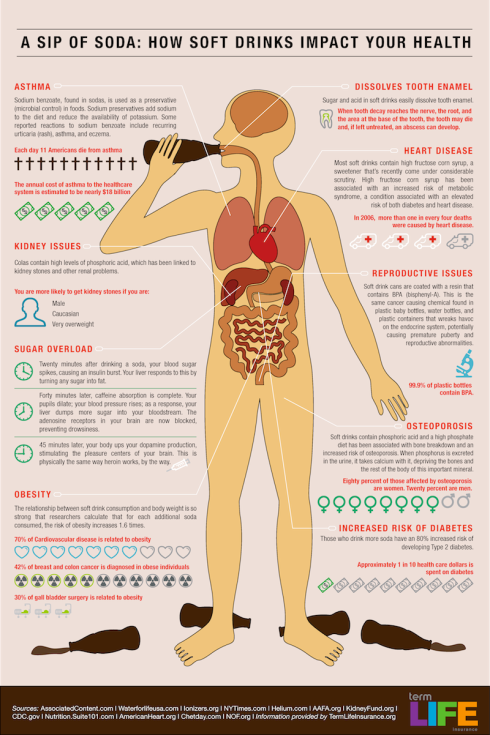| People over 35 should be dead. Here’s why. According to today’s regulators and bureaucrats, those of us who were kids in the 40’s, 50’s, 60’s, or even maybe the early 70’s probably shouldn’t have survived.Our baby cribs were covered with bright colored lead-based paint. We had no childproof lids on medicine bottles, doors or cabinets, and when we rode our bikes, we had no helmets. (Not to mention the risks we took hitchhiking.)As children, we would ride in cars with no seat belts or air bags. Riding in the back of a pickup truck on a warm day was always a special treat!We drank water from the garden hose and not from a bottle. Horrors! We ate cupcakes, bread and butter, and drank soda pop with sugar in it, but we were never overweight because we were always outside playing. We shared one soft drink with four friends, from one bottle, and no one actually died from this.We would spend hours building our go-carts out of scraps and then rode down the hill, only to find out we forgot the brakes. After running into the bushes a few times, we learned to solve the problem.
We would leave home in the morning and play all day, as long as we were back when the street lights came on.
No one was able to reach us all day. NO CELL PHONES!!!!! Unthinkable!
We did not have Play-stations, Nintendo 64, X-Boxes, no video games at all, no 99 channels on cable, video tape movies, surround sound, personal cell phones, personal computers, or Internet chat rooms.
We had friends! We went outside and found them. We played dodge ball, and sometimes, the ball would really hurt.
We fell out of trees, got cut and broke bones and teeth, and there were no lawsuits from these accidents. They were accidents. No one was to blame but us. Remember accidents?
We had fights and punched each other and got black and blue and learned to get over it.
We made up games with sticks and tennis balls and ate worms, and although we were told it would happen, we did not put out very many eyes, nor did the worms live inside us forever.
We rode bikes or walked to a friend’s home and knocked on the door, or rang the bell or just walked in and talked to them!
Little League had tryouts and not everyone made the team. Those who didn’t had to learn to deal with disappointment.
Some students weren’t as smart as others, so they failed a grade and were held back to repeat the same grade.
Horrors! Tests were not adjusted for any reason.
Our actions were our own. Consequences were expected. The idea of a parent bailing us out if we broke a law was unheard of. They actually sided with the law. Imagine that!
This generation has produced some of the best risk-takers and problem solvers and inventors, ever. The past 50 years have been an explosion of innovation and new ideas. We had freedom, failure, success and responsibility, and we learned how to deal with it all.
And you’re one of them!
Congratulations! |
















